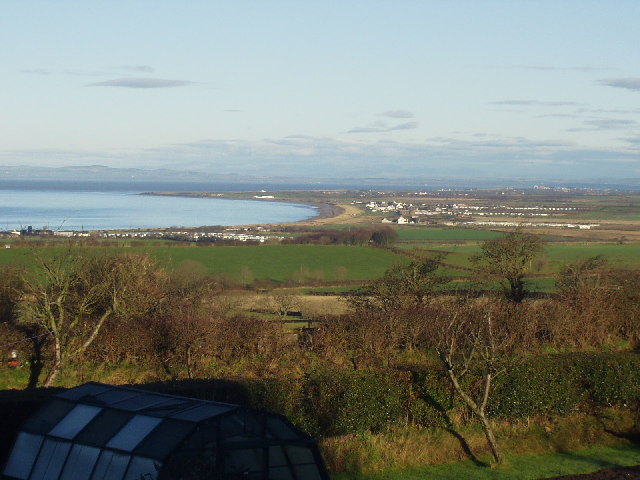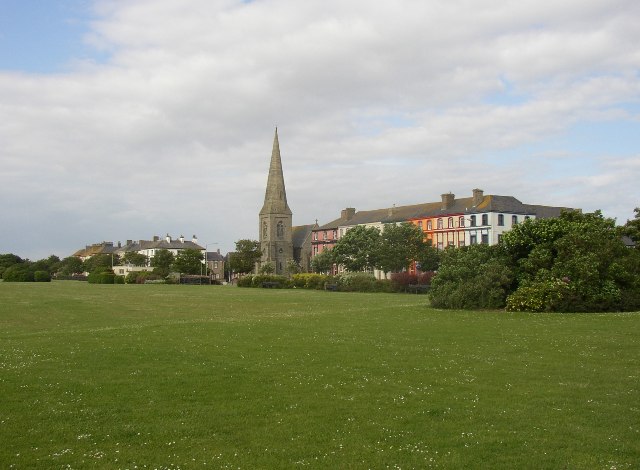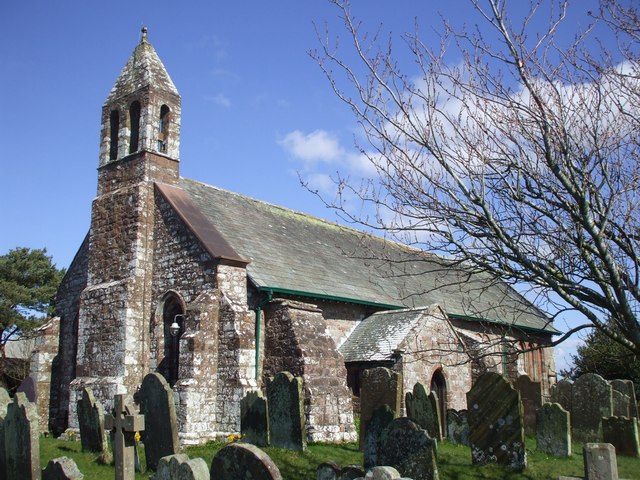The scattering of farms and rural homesteads that existed at
this spot prior to the 19th century turned into a full-blown village with the
arrival of the railway in the early 19th century. Seascale had aspirations to become a major
resort, in fact it aimed to be the "Eastbourne
of the north", but this ambition did not quite go according to plan,
although the railway access ensured its popularity as a destination for day trippers. It was after the Second World War that the
area was transformed forever, with the decision to build a nuclear power
station, originally called the Windscale Reactor and Calder Hall, and now known
as the Sellafield nuclear reprocessing site.
The attendant influx of technicians and scientists who were brought into
the area earned Seascale the nickname of "the brainiest village in Britain". Today Sellafield is the largest employer in West Cumbria, so whether you consider Sellafield to be a
blot on the landscape or a necessary evil there is no denying its effect on the
local economy. The British Pathe website
has footage from 17th October 1956 with the description "The world's
first commercial nuclear power station is opened at Sellafield".
Map of the area.
 | |
| Seascale Jetty - geograph.org.uk - 286187. Photo by Peter Eckersley, via Wikimedia Commons |






